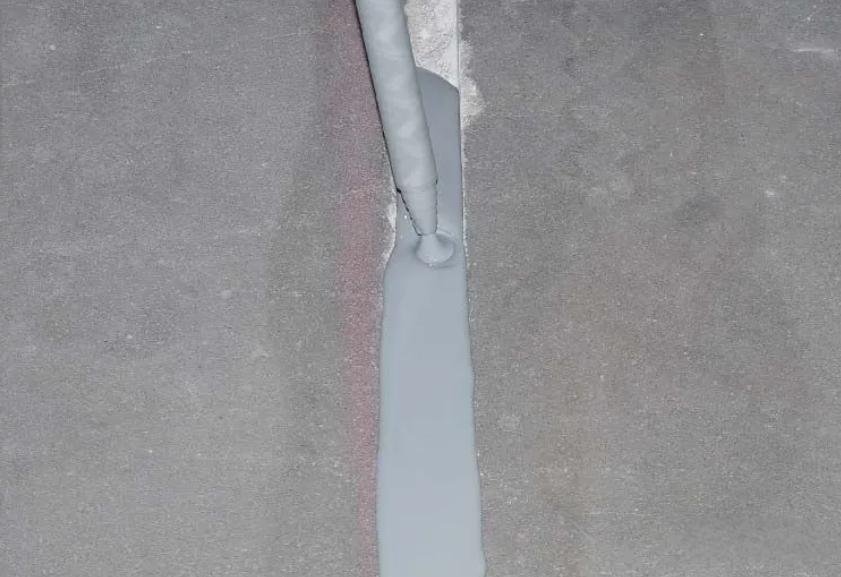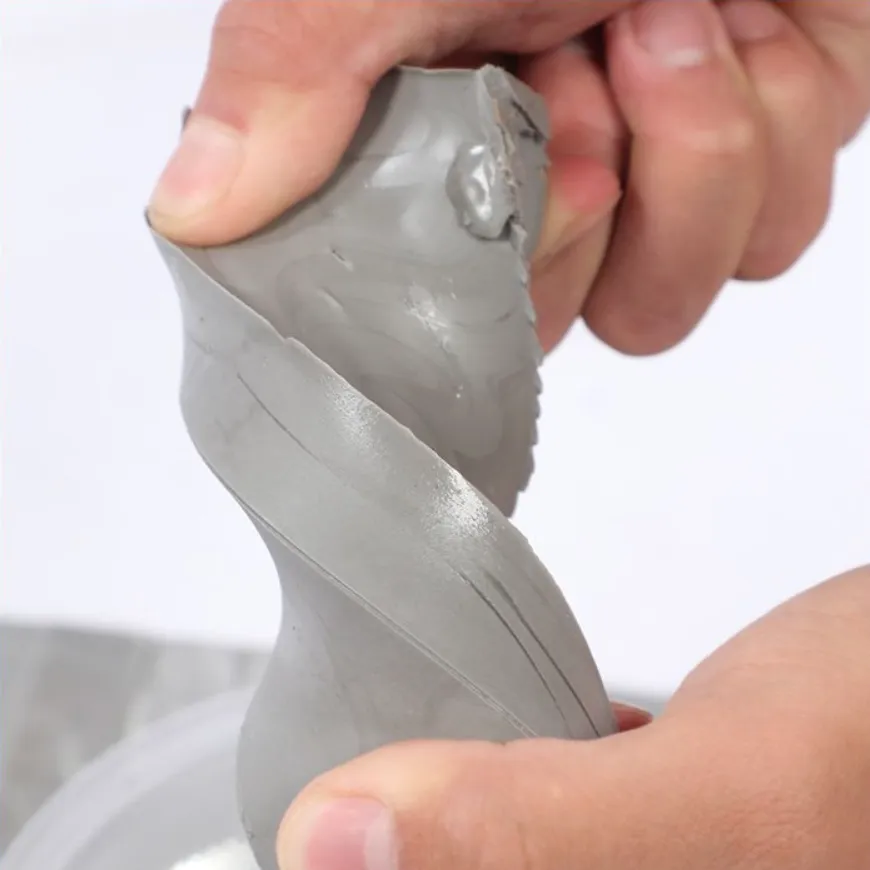Characteristics and Requirements of Building Expansion Joints
- Function and structural characteristics of expansion joints
Building expansion joints are structural joints set up to prevent structural deformation of buildings caused by factors such as temperature changes, uneven foundation settlement, and earthquakes. Expansion joints divide buildings into several independent parts, allowing each part to expand and contract freely. The width of expansion joints is usually between a few millimeters and several tens of millimeters. There are various structural forms, and common ones include flat joints, staggered joints, and tongue-and-groove joints.
In buildings, expansion joints run through structural components such as foundations, walls, and floors. For example, in frame structure buildings, the columns and beams on both sides of the expansion joint are separated, and expansion joint materials are filled in the middle to allow the structure to have a certain degree of deformation in the horizontal and vertical directions. - Requirements for filling materials in expansion joints
- Deformation adaptability: Since expansion joints need to adapt to the expansion and deformation of buildings, filling materials must have good elasticity and flexibility. They can expand and contract with the expansion and contraction of buildings, and will not produce cracks or separate from the joint walls during the deformation process to ensure the sealing and waterproof functions of expansion joints.
- Waterproofness: Expansion joints are a weak link in building waterproofing. Filling materials should be able to effectively prevent the infiltration of moisture such as rainwater and groundwater. Avoid moisture entering the expansion joint and causing erosion to the building structure, such as steel corrosion and concrete spalling.
- Durability: Filling materials need to maintain their performance during long-term use. They must be able to withstand the tests of environmental factors such as sunlight exposure, temperature changes, and chemical erosion. Within the service life of the building, there is no need for frequent replacement to reduce maintenance costs.
- Adhesiveness: Have good adhesion to building materials on both sides of the expansion joint (such as concrete, stone, etc.) to ensure that it will not fall off from the joint wall during the expansion and deformation process and maintain the integrity of the expansion joint filling.

Performance Advantages of polyurea grouting sealant
- High elasticity and flexibility
The polyurea material formed after the polyurea grouting sealantsolidifies has high elasticity and flexibility. Its elastic modulus can be adjusted according to the formula and can maintain its physical properties within a large deformation range. In building expansion joints, when buildings expand and contract due to factors such as temperature changes, the polyurea grouting sealant can stretch and compress accordingly, effectively adapting to the deformation requirements of expansion joints. For example, in summer when the temperature is high, the expansion joint narrows and the polyurea grouting sealant is compressed; in winter when the temperature is low, the expansion joint widens and the polyurea grouting sealant is stretched without cracking or breaking. - Excellent waterproofness
polyurea grouting sealanthas extremely low water absorption and good waterproof performance. The urea bonds and other chemical bonds in its molecular structure make the polyurea material form a dense structure that can effectively prevent the penetration of moisture. In building expansion joints, this characteristic can prevent moisture such as rainwater and groundwater from entering the building interior through expansion joints and protect the building structure from water erosion. - Good durability
polyurea grouting sealanthas advantages such as weather resistance and chemical corrosion resistance. In outdoor environments, it can resist the erosion of ultraviolet rays in sunlight and acid rain. At the same time, it also has good tolerance to common chemical substances such as acids, alkalis, and salts in the building environment. In building expansion joints, this means that polyurea grouting sealant can maintain its performance for a long time and reduce the frequency of replacement due to material aging. - Strong adhesiveness
polyurea grouting sealanthas good adhesion to various building materials (such as concrete, stone, steel, etc.). During the filling process of expansion joints, it can firmly bond to the surface of building materials on both sides of the expansion joint. This adhesiveness is very important during the long-term use of expansion joints. Even in the case of expansion and deformation, it can ensure that the polyurea grouting sealant will not fall off from the joint wall.
Application Process of polyurea grouting sealant in Building Expansion Joints
Pretreatment of expansion joints
Cleaning: Before injecting polyurea grouting sealant, the expansion joint needs to be thoroughly cleaned. Remove dust, debris, loose concrete particles, etc. in the expansion joint. Tools such as high-pressure air blowing and wire brushes can be used for cleaning to ensure that the inside of the expansion joint is clean and dry, providing good surface conditions for the injection of polyurea grouting sealant.
Sealing treatment: Seal the periphery of the expansion joint to prevent the polyurea grouting sealant from overflowing during the injection process. Materials such as tape and sealant can be used for temporary sealing. At the same time, set up drainage holes or vent holes at the bottom of the expansion joint (if necessary) to ensure that air and excess moisture can be discharged during the grouting process.
Grouting operation
Equipment selection: Use specialized grouting equipment, such as a high-pressure grouting pump. Adjust the pressure and flow rate of the grouting equipment according to parameters such as the width, depth, and length of the expansion joint. Generally, for narrower and deeper expansion joints, a higher grouting pressure is required to ensure that the polyurea grouting sealant can fully fill all parts of the expansion joint.
Grouting process: After mixing the polyurea grouting sealant in a predetermined ratio, slowly inject it into the expansion joint through the grouting equipment. During the grouting process, pay attention to observing the filling situation of the polyurea grouting sealant in the expansion joint to avoid local unfilled or overfilled phenomena. If bubbles are found to emerge, suspend grouting and continue after the bubbles are discharged.
Post-treatment
Trimming: After the polyurea grouting sealant is injected and initially cured, trim the surface of the expansion joint. Remove excess polyurea grouting sealant to make the surface of the expansion joint flat. Cutting tools or grinding tools can be used for processing.
Sealing inspection: Conduct a sealing inspection on the expansion joint to ensure that the polyurea grouting sealant completely fills the expansion joint and has good sealing. The waterproof performance of the expansion joint can be checked by watering test or other detection methods. If leakage is found, repair it in time.
Application cases
In a large commercial building, due to the long building structure and being greatly affected by temperature changes, the treatment of expansion joints becomes a key issue. After using polyurea grouting sealant to fill the expansion joint, after years of use, the expansion joint still maintains good sealing and deformation adaptability. In summer high temperature and winter low temperature seasons, the expansion and contraction of the building structure does not cause damage to the expansion joint, nor does there be any leakage phenomenon.
The expansion joint of the concrete structure of an industrial plant is often eroded by chemicals. The previously used expansion joint filling material is prone to aging and damage. After being filled with polyurea grouting sealant, its chemical corrosion resistance comes into play. Under long-term contact with chemicals, the filling material of the expansion joint remains intact and effectively protects the building structure.
Effect evaluation
Deformation adaptability evaluation: Evaluate its deformation adaptability by regularly measuring the width change of the expansion joint and the state of the polyurea grouting sealant during the expansion process. For example, use a displacement sensor to measure the width change of the expansion joint in different seasons, and at the same time observe whether there are phenomena such as cracking and debonding of the polyurea grouting sealant. The results show that the polyurea grouting sealant can well meet the deformation requirements of the expansion joint.
Waterproof performance evaluation: Adopt leakage test methods, such as watering above the expansion joint or conducting a water pressure test to check for leakage. After testing, it is found that the expansion joint filled with polyurea grouting sealant has good waterproof performance and can effectively prevent the infiltration of moisture.
Durability evaluation: Through long-term monitoring of buildings with expansion joints filled with polyurea grouting sealant, observe the appearance changes and bonding performance of polyurea grouting sealant. After years of monitoring, it is found that polyurea grouting sealant has no obvious aging phenomenon in outdoor environments, and its adhesion has not decreased, proving its good durability.
Add Your Heading Text Here

Recent Post
Contact Us
- 86 13590713995
- yan@isopolyol.com
- No.5205, Boyuan Road, Anting Town, Jiading District, Shanghai, China



